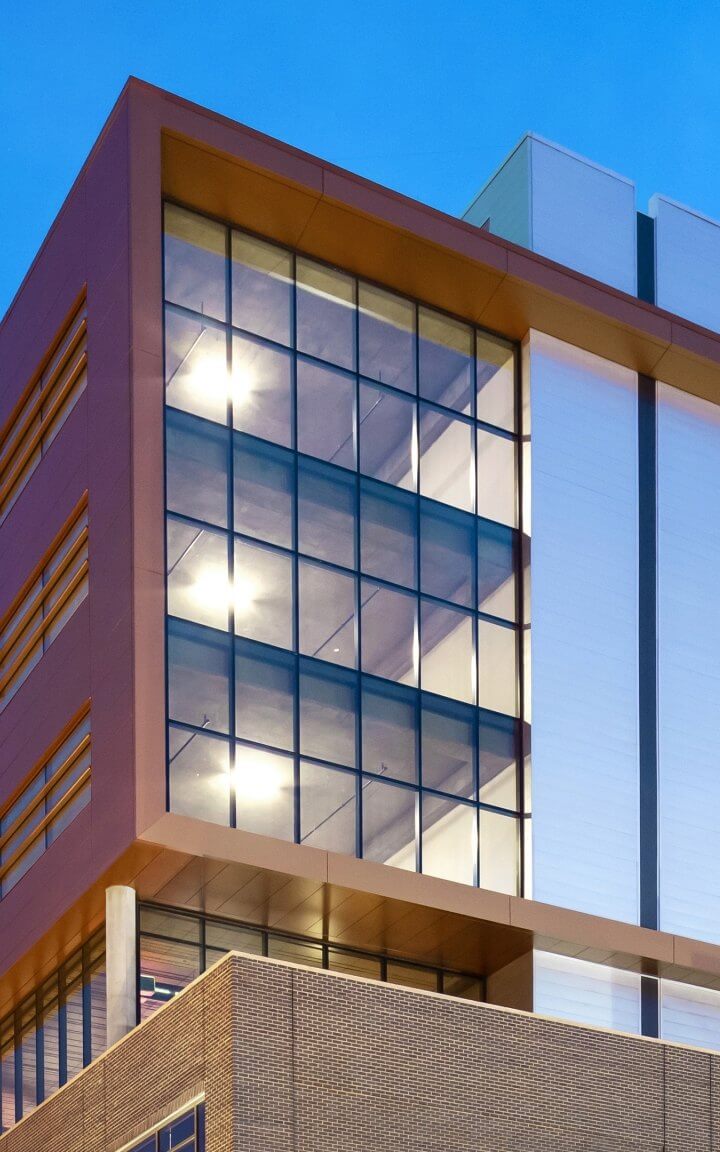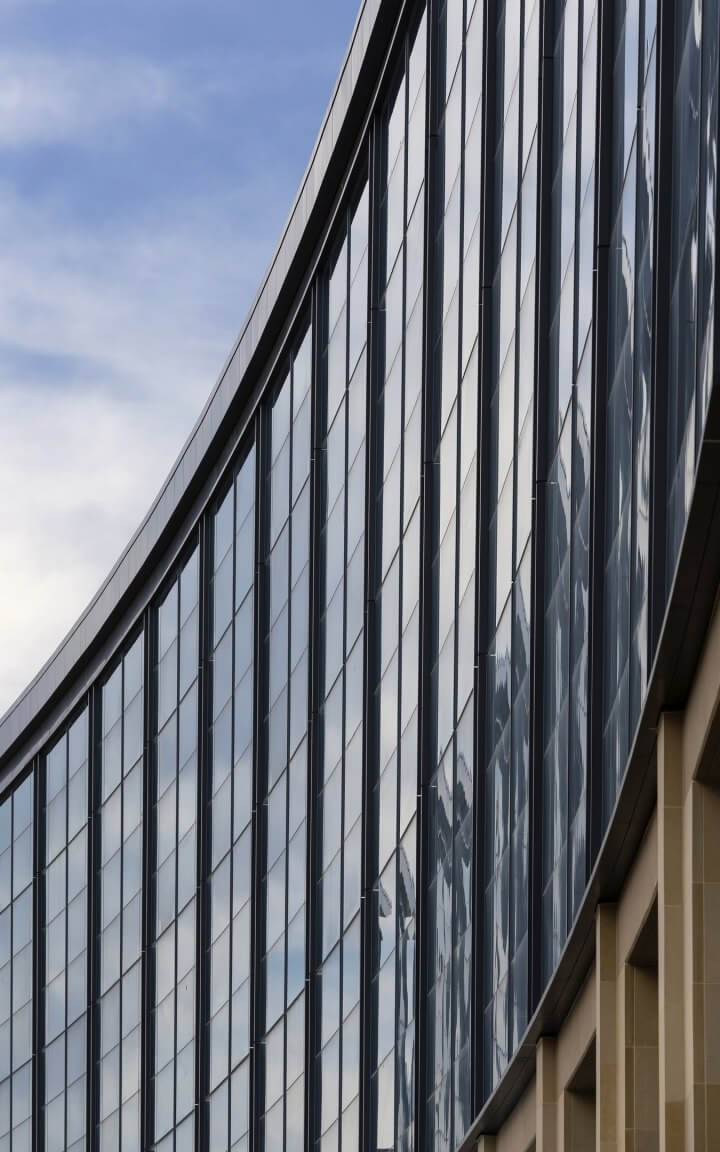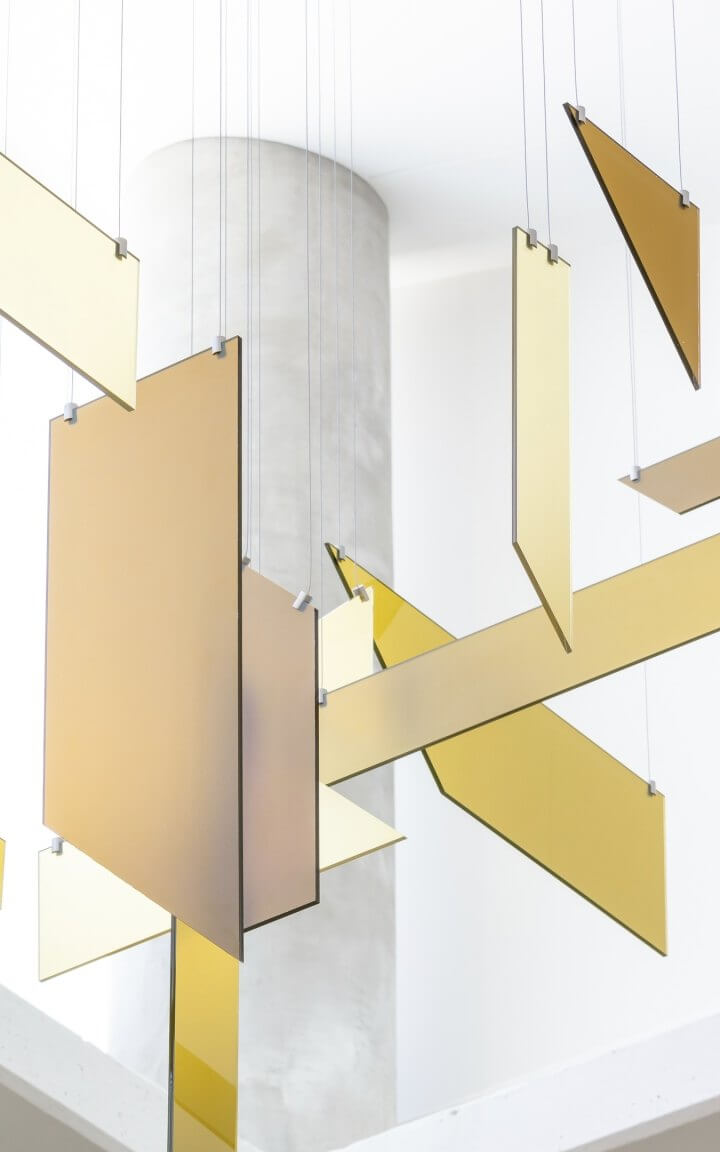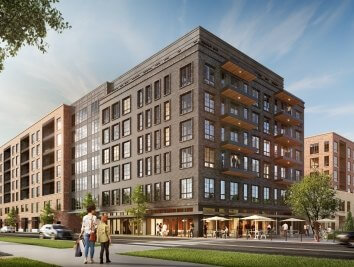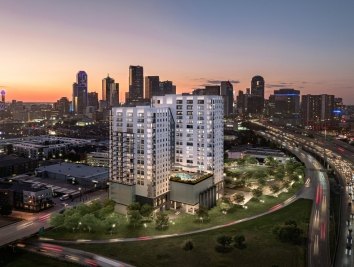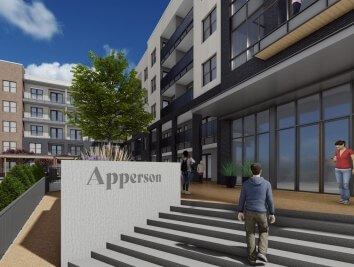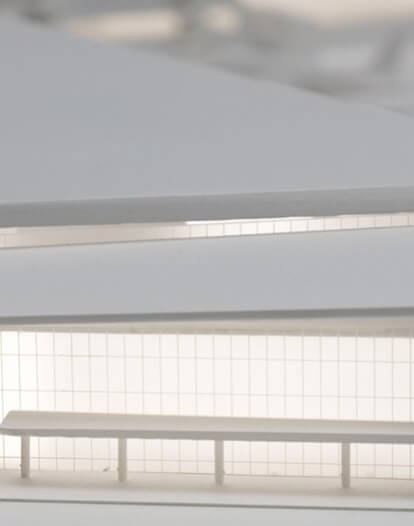Planning the Future of Dallas: A Vision for Multifamily Residential
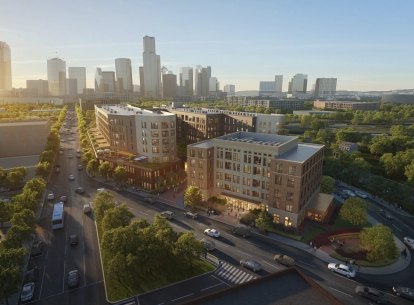
As lifestyles and workstyles blur and more people embrace the urban lifestyle, multifamily residences are in high demand and transforming downtown Dallas into a more vibrant, connected, and dynamic community. James Adams, Vice President of our Commercial Studio, sat down with Stephen Lohr, Associate Principal and Multifamily Studio Leader, to explore Stephen’s background and his passions that led to his career in multifamily architecture. In this conversation, James and Stephen discuss their plans for building several multifamily residences in Dallas providing a glimpse into what Corgan has in store to support the growth of the city.
Once these multifamily projects are constructed and completed, it will be that much easier for clients in Dallas to choose Corgan over others, enabling our growth in new markets. Our goal is to eventually design multifamily residential projects in every major U.S. city.
Laying the groundwork
James: Since joining the firm, your expertise and leadership have created an environment of mentorship and accountability. Going forward, we see multifamily residential design as a vital service, and we hired you not only for your exceptional skills as a designer but also as a leader to bring this vision to fruition. What are some of your aspirations for the Multifamily Studio?
Stephen: I’m excited about what’s ahead. Housing is blowing up across the nation and with Corgan’s strong reputation, I see us creating great communities in our vibrant city, and eventually branching out into other cities around the nation. With the quality design aesthetic that comes from Corgan, along with my desire to create unique buildings for each client, our services will be attractive to multi-use owners and developers.
James: Even though you stay busy, you always take time to answer the phone, answer questions, and share constructive input on all facets of our work. What motivates you to be a leader and mentor?
Stephen: I want to do more to help grow our firm, starting with our people. I find it enjoyable to stop and answer questions, and I’d like to spend more time mentoring. I think a good leader steps back and lets other individuals provide authorship while guiding them with the support they need.
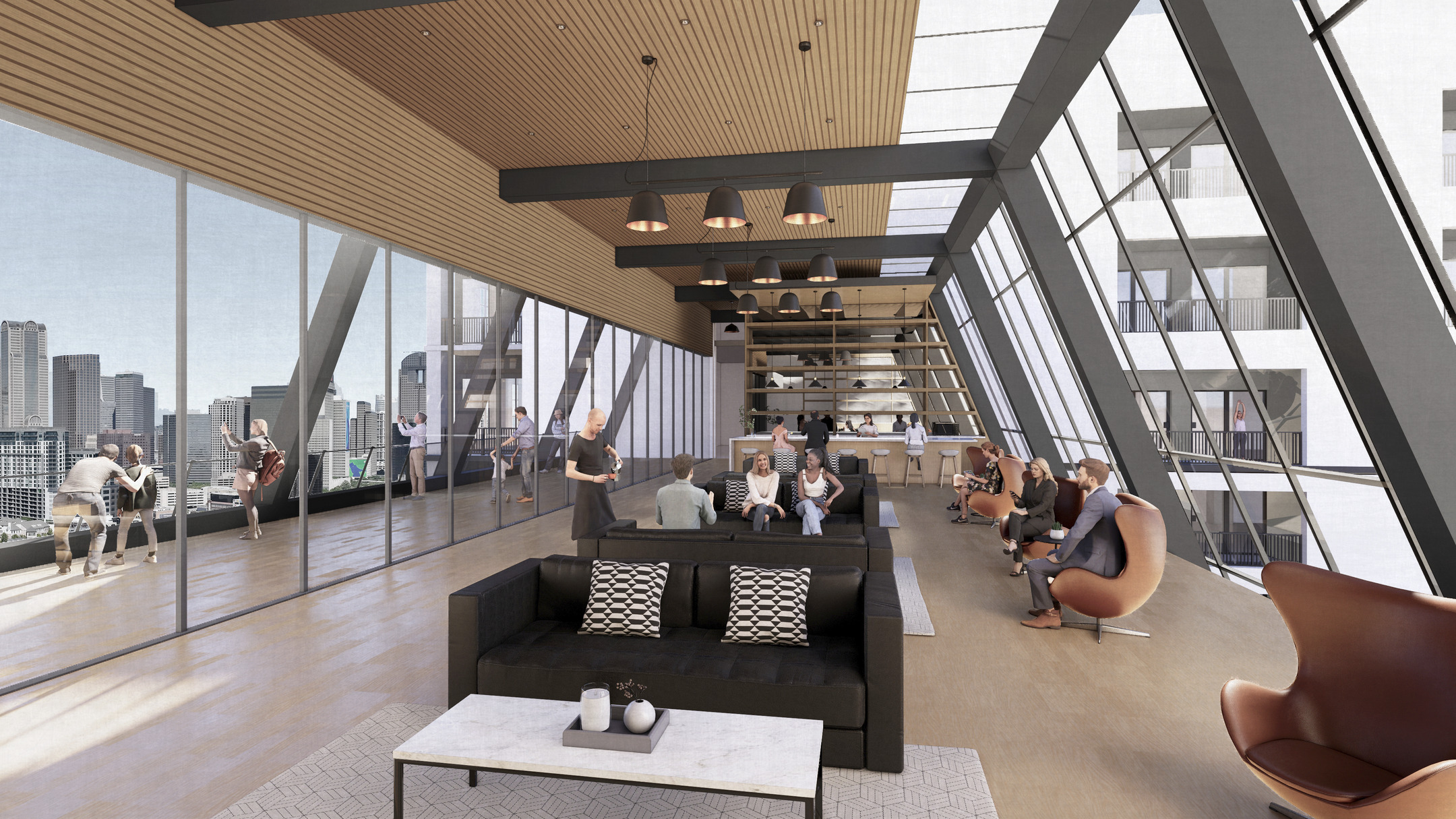
Bringing a broad background in art and design
James: Your longevity in the industry and your many contacts have opened us up to new clientele and reinforced our relationships in the industry. With a deep understanding of key players in residential real estate, you seem to anticipate our clients’ needs and problem-solve for their developments. What is your background in visioning, coordination, and constructability before the first shovel breaks ground?
Stephen: Actually, architecture is my second career. I was an advertising art director with a fine arts degree. As a creative, I approached ad concepts by asking: What does the brief say? What rules are we playing by? What is the story we want to tell? Art directors tend to be perfectionists by nature and want to create the coolest, edgiest ads for their reels. This creates a massive amount of self-criticism. Whether good or bad, I tend to bring that same self-critique to architecture. I ask, ‘Is this going to be a good building? How can I improve the design?’ while also balancing financial spreadsheets and material constraints.
I minored in Chinese film and really enjoyed making TV commercials. I visualize film in three dimensions, planning camera angles, placing actors, and picturing the site. I apply these same techniques and processes to architecture and design. I also remodeled kitchens for a couple of years and built furniture as a hobby. This knowledge helps me understand what contractors and trades do on the job site.
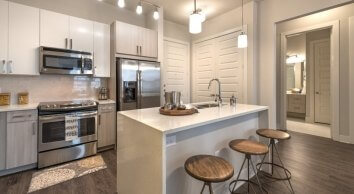
Inspired by single-family residential
James: You started out designing single-family homes which also seems to inform your design. Working with homeowners must be a more intimate experience. Does learning how a family lives make you more sensitive to their needs and how does this bridge into multifamily, both aesthetically and emotionally?
Stephen: Working with residential clients, you learn about people. When you meet with a family, they might bring their kids along – I even kept boxes of crayons in my desk. When people trust you to design their forever home and spend millions of dollars, you have to listen and be sensitive to their needs.
I am constantly driving through neighborhoods to observe how new homes are built and what’s changed. In the 1800s to the 20s and 30s, homes had front yards to hang out and kids played outside. If Grandma saw someone nefarious walk by, she shouted out to the neighbors on the next porch. After WWII, we became a car culture, drove home, parked, went inside, and went straight to the backyard and stopped talking to neighbors. Architects stopped playing to the front and moved to the back.
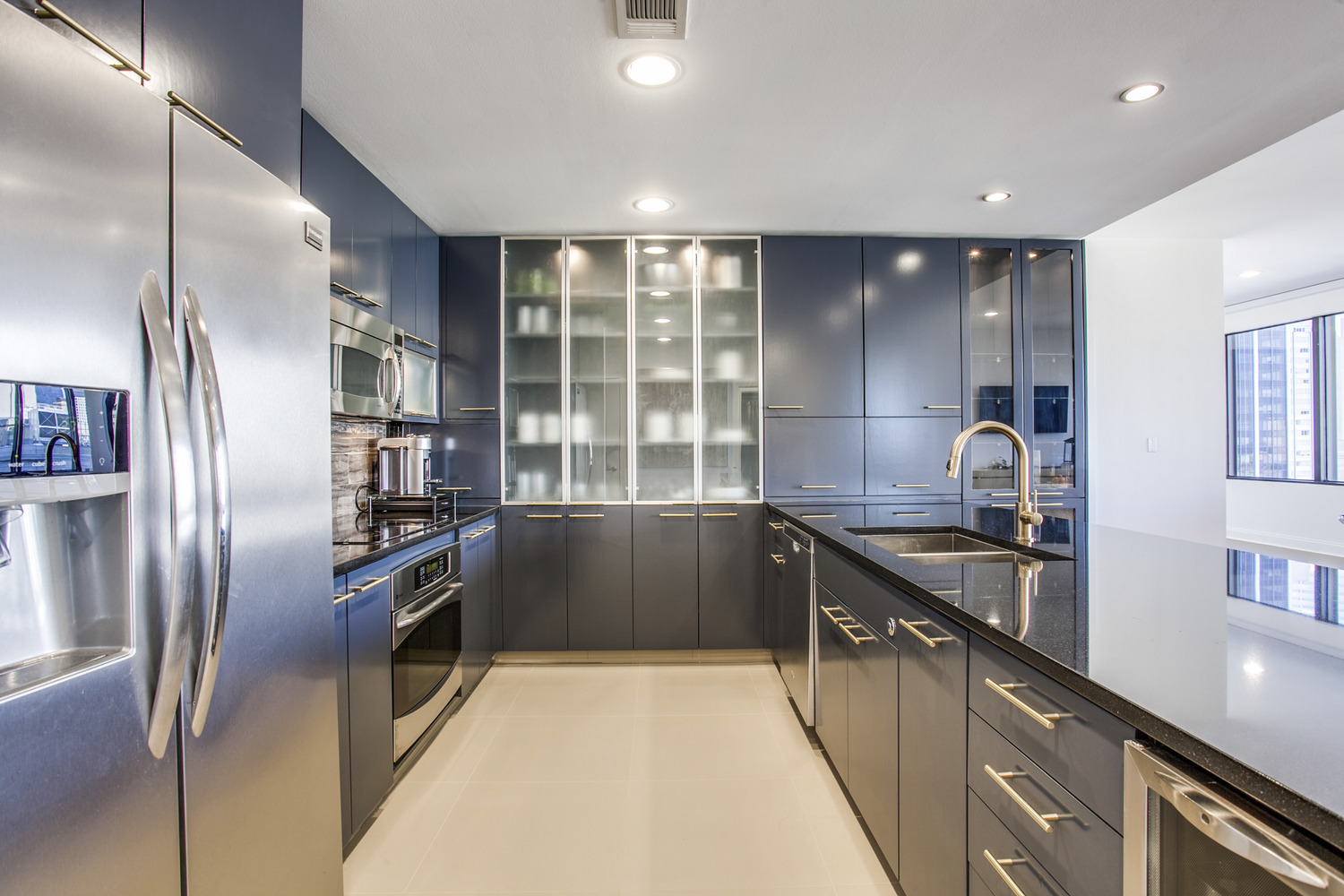
Fast forward, we did social experiments like creating side yards and front entries. One time I designed a high-end spec house in the Park Cities and created a small entry with a courtyard. The idea was to create a place to drink coffee and gather. One day I drove by, and inside the courtyard, a parent was playing in the courtyard with the kids. It worked! I’d love to see more neighborhoods with an emphasis on the front.
Not everyone can afford an expensive home, and more people are embracing the urban lifestyle. We’ve found a niche in designing special multifamily spaces people feel proud of when they come home, with nice amenities, cool hang-out spots, and outdoor spaces in vibrant neighborhoods they enjoy.
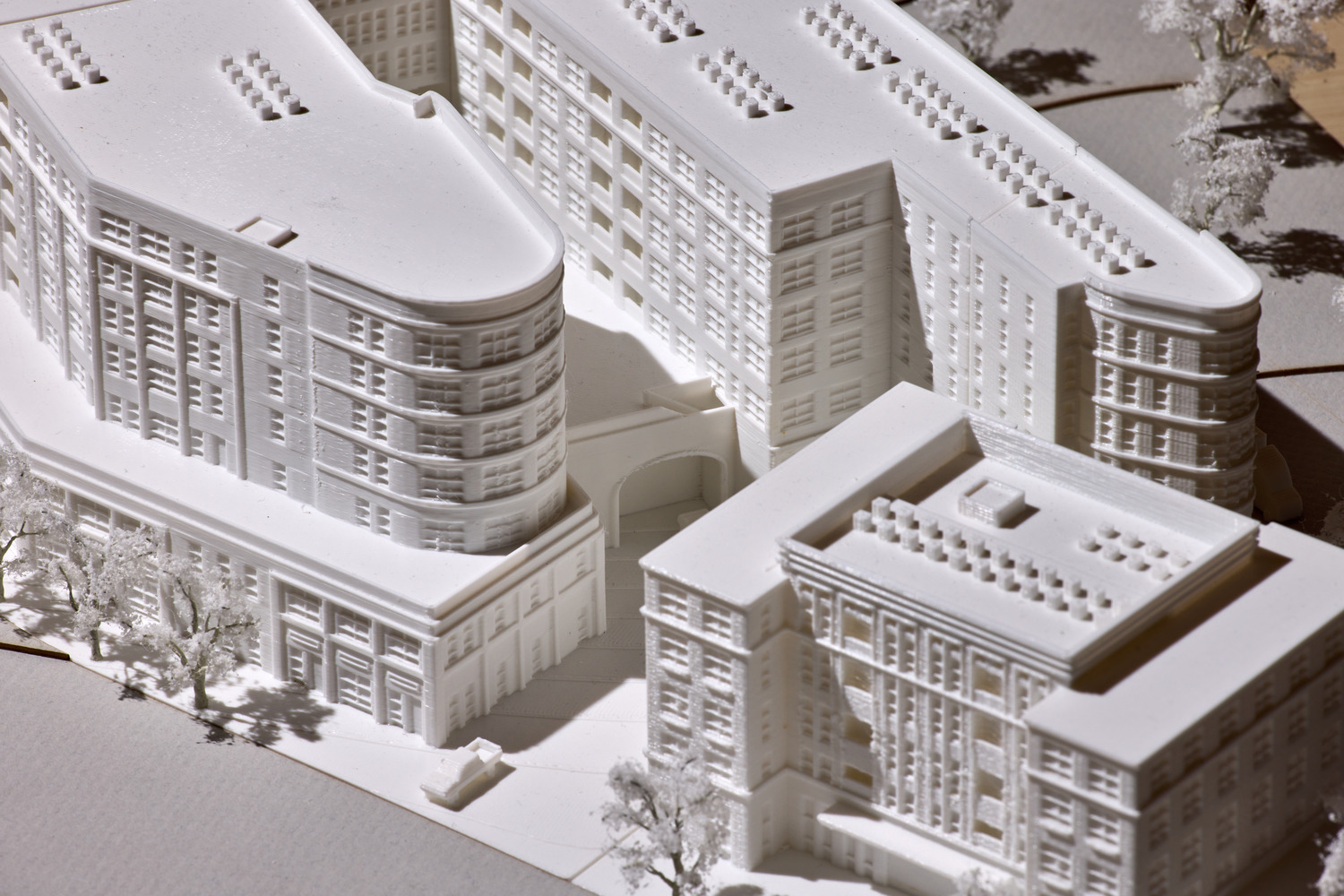
Resurrecting the Ambassador
James: In the short time you’ve been here you’ve brought in quite a few clients. What are some of the most exciting projects on your plate?
Stephen: The Ambassador in South Dallas — such a challenging site. This project is important to the City of Dallas, and there’s pressure not only on us to perform but also on the developer to design a building that will be accepted by the community and elevate the standards of the original Ambassador. Dallasites are wondering if it will measure up.
People have irrational, emotional attachments to buildings and this hotel has an enduring reputation. Originally built in 1904, it was renovated in 1932, and after sitting empty for years in 2019 it was slated to be remodeled, but a fire broke out and it burned to the ground.
We listened to community and political input, heard their concerns, built trust, and envisioned a design inspired by the old building under historic preservation guidelines. Working on this project took perseverance, fortitude, many meetings, and leadership to coordinate the team, consultants, and city officials to make it all happen. We are the principal architect and partnered with OHT to start building the site this spring.
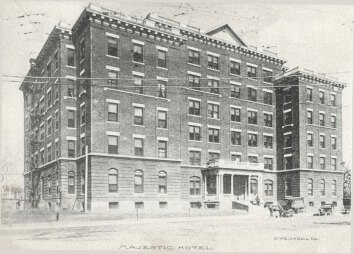
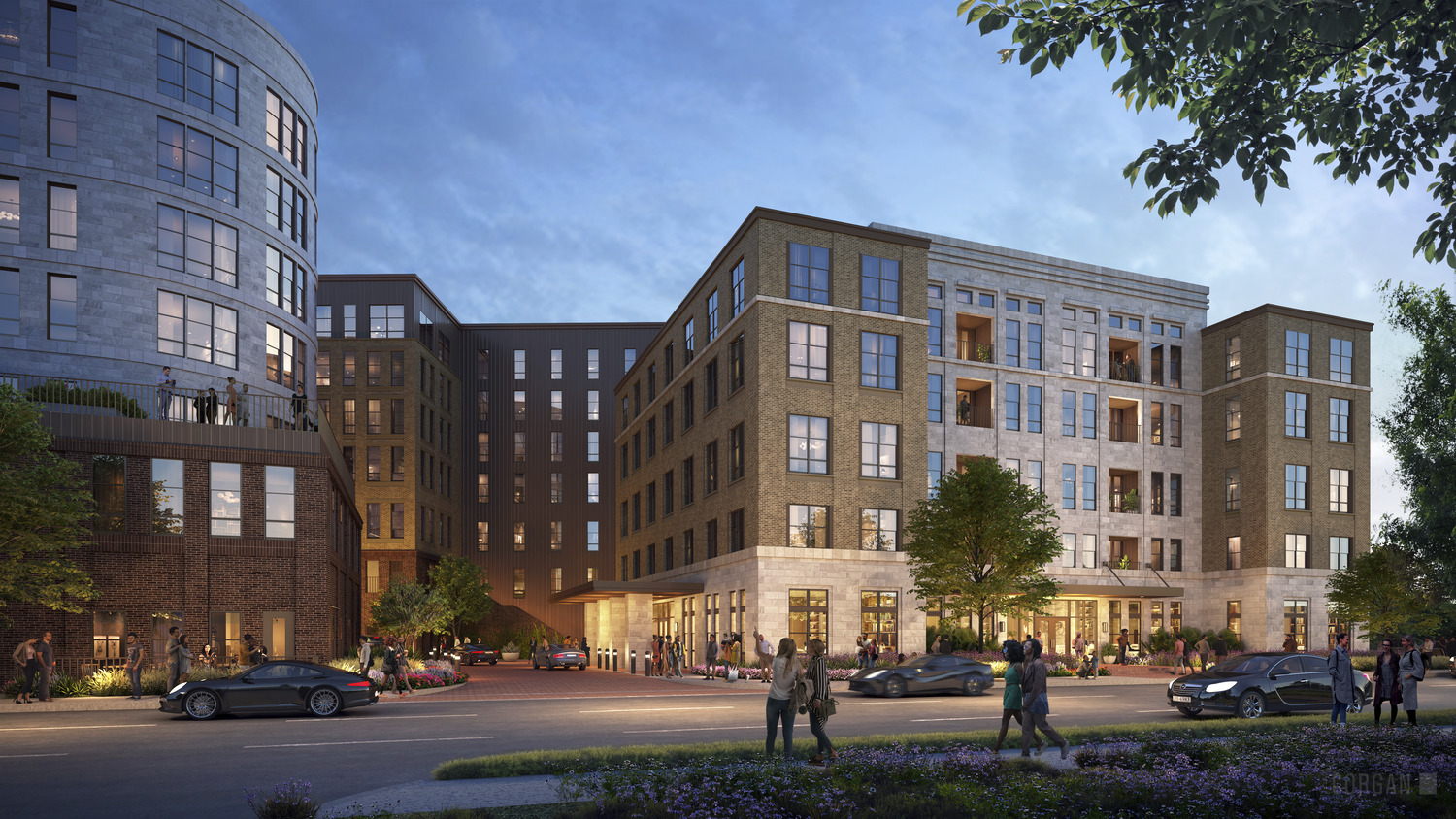
Embracing the process
James: You seem to grasp what users desire and know which projects will be successful in the community. Your designs demonstrate thoughtful proportions, materials, and textures. What is your favorite aspect of the design process?
Stephen: The most exciting moment is putting pencil to paper and sketching ideas — in the initial stages, sparks start flying. Unleashed on a new site, my thought process ramps up with thousands of possible concepts. Then after more input and creating the reframe, I fall in love with the second design even more.
I looked at Corgan a long time before I joined the company, and I’m glad I did. We are changing the way people think about multifamily. Environmental concerns and regulations, rules, and guidelines will inevitably push sustainability initiatives and will require new innovative approaches, challenging us to rethink unit design. What we can accomplish in the future is unlimited — and I’m happy to be part of it.
Fantasy vs. Reality – Mixed-use Development
Learn more about mixed-use and multifamily development with Stephen Lohr and James Adams in this episode of TheSquare.
